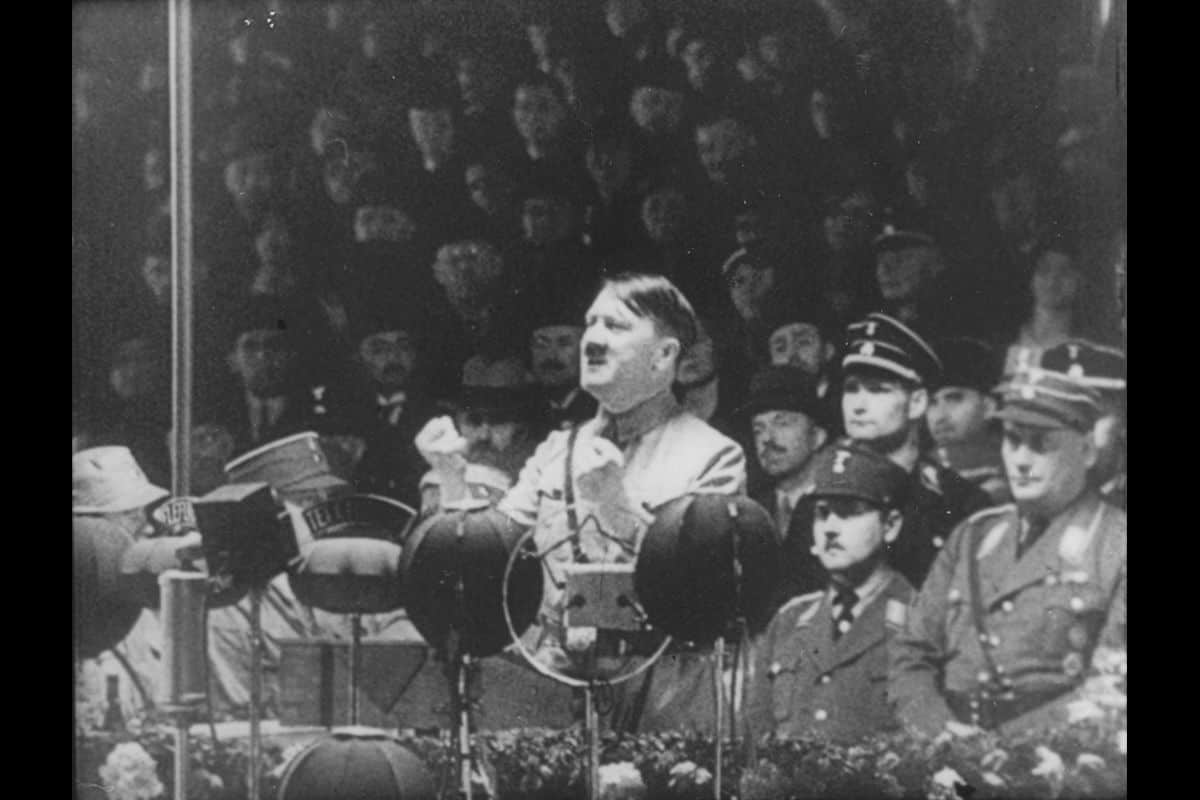On the 8 November 1923, Hitler attempted to pull off a
military coup
and overthrow the Weimar Republic. This was called the Munich
Putsch
, although it is sometimes referred to as the Beer Hall Putsch.
Throughout 1923, the economic and political crisis struck. The Nazi Party and other nationalists believed that an armed takeover of Bavaria could overthrow the Republic.
Hitler and the Nazi Party collaborated with others such as
General Ludendorff
and
Gustav von Kahr
to put a plan together to attempt a military coup.
By August 1923, the plan was set and weapons and transport were gathered. Following a signal from the Bavarian parliament, all of those involved in the plan would march to Berlin to seize power.
In November 1923, the others involved in the plan began to have second thoughts after hearing that the army in Berlin would defend the government.
Hitler was determined that the plan would go ahead. On the 8 November 1923, he marched into a beer hall in Munich, where von Kahr was giving a speech. Hitler declared his intention to take over the government and start a national revolution.
Von Kahr gave his support to Hitler at gunpoint. However, as soon as Hitler left to sort out a disagreement between the SA and troops, he withdrew his support, moved the Bavarian government, and declared the Nazi Party a banned organisation.
On the following morning, the 9 November 1923, Hitler led a demonstration through the streets of Munich, aiming to take control of the war ministry building. Armed police blocked their route, and violence broke out on both sides. Fourteen Nazis and four policemen were killed.
Hitler fled the scene, and was arrested two days later on the 11 November 1923. He was sent to Landsberg Prison and put on trial for treason. Hitler’s trial took place from the 26 February to the 1 April 1924.
He was found guilty of treason, but, with a sympathetic judge, was sentenced to just five years in prison. Of this five years, Hitler only served nine months.


















